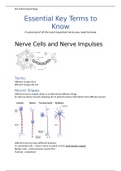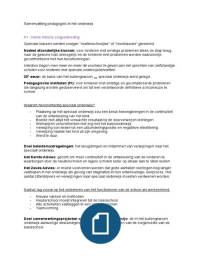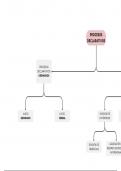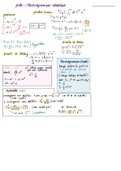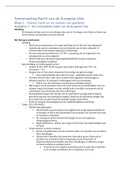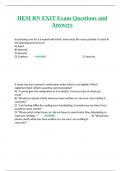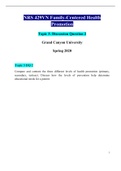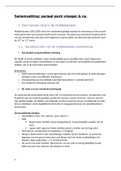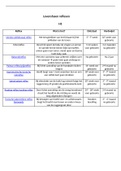Summary
Bio & Neuropsychology Essential Summary
- Module
- Institution
- Book
All you need to know for this course in one document. A combination of the lecture slides and book provides you with the best study guide for your exam. A clear, concise summary with diagrams to help you achieve the best grade possible! If you study this document you are guaranteed to get a good gr...
[Show more]
